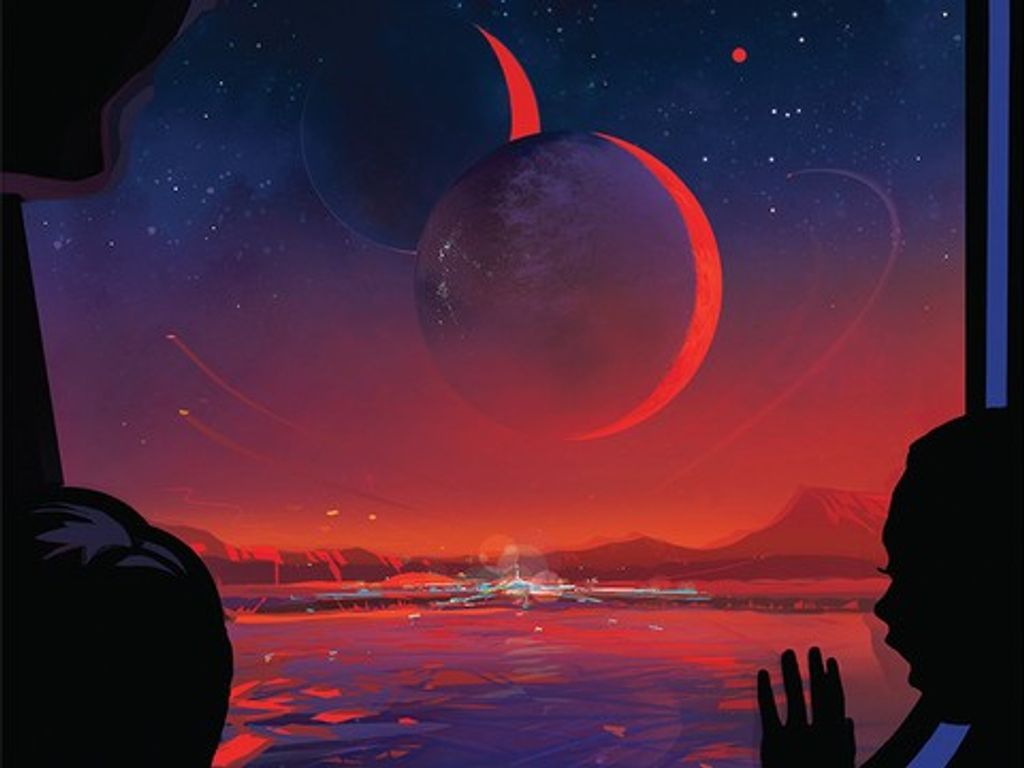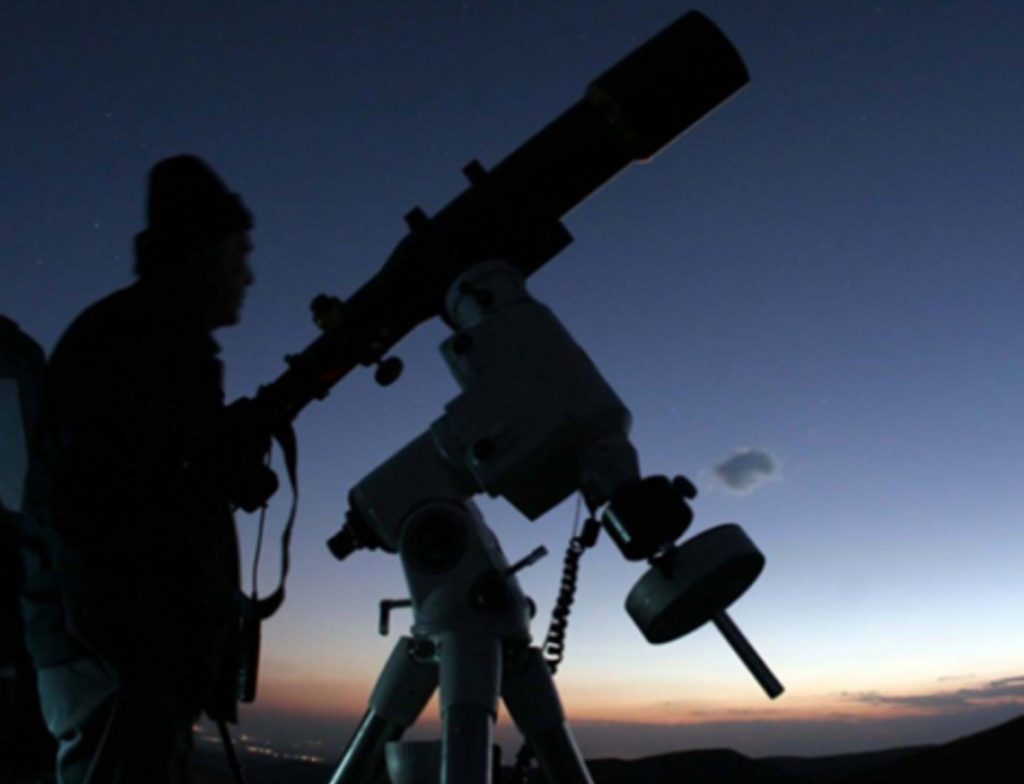1 min read
NGST Simulated Deep-Field Image

This is a simulated view of the far universe as seen through NASA's Next Generation Space Telescope (NGST). The photograph shows a simulated 20-hour observation with NGST of a random patch of the sky, located far from the plane of our Milky Way, that is cluttered with stars.
The image has been adjusted to accurately match what astronomers see today with NASA's Hubble Space Telescope and other large ground-based telescopes, while correctly estimating how the earliest collections of stars and galaxies might appear. The sharpness of the NGST view at infrared wavelengths is similar to that obtained by Hubble at visible wavelengths (with its new instruments).
The initial impression is that the simulated NGST field looks very similar to those obtained by Hubble, because it is dominated by bright, relatively nearby galaxies. The main difference between the NGST and Hubble images is in the number of faint, yellowish galaxies in the background of the NGST fields. These objects are seen at the end of a long (approximately 14-billion-year) "time-tunnel" at the epoch of the earliest formation of stars and galaxies, a few hundred million years after the Big Bang.
This image is based upon a theoretical model of the universe proposed by Andrew Benson, University of Durham, United Kingdom. Benson's model takes into account the cosmology of the universe, the creation and growth of galaxies, and the brightness, shapes and colors of galaxies as seen today. Because the galaxy shapes are simple models, they do not have the detail in the spiral arms, small starburst regions, and other features shown in the Hubble Deep Fields or recent images from Hubble's Advanced Camera for Surveys. In real observations, NGST would resolve these regions and penetrate the dusty arms and cores to reveal still more stars.
To make these theoretical images realistic, scientists at the Space Telescope Science Institute, Baltimore, Maryland, have added the effects of the NGST optics and near-infrared camera. For viewing purposes, the near infrared appearance of these galaxies must be shifted to visible colors, with the infrared colors (the shortest wavelengths) corresponding to blue colors in the image.
- Release DateSeptember 11, 2002
- Science ReleaseNASA Announces Contract for Next-Generation Space Telescope Named After Space Pioneer
- CreditImage: NASA, NGST Science Team, Andrew Benson (Durham University)
Share
Details
Laura Betz
NASA’s Goddard Space Flight Center
Greenbelt, Maryland
laura.e.betz@nasa.gov
NASA, NGST Science Team, Andrew Benson (Durham University)































